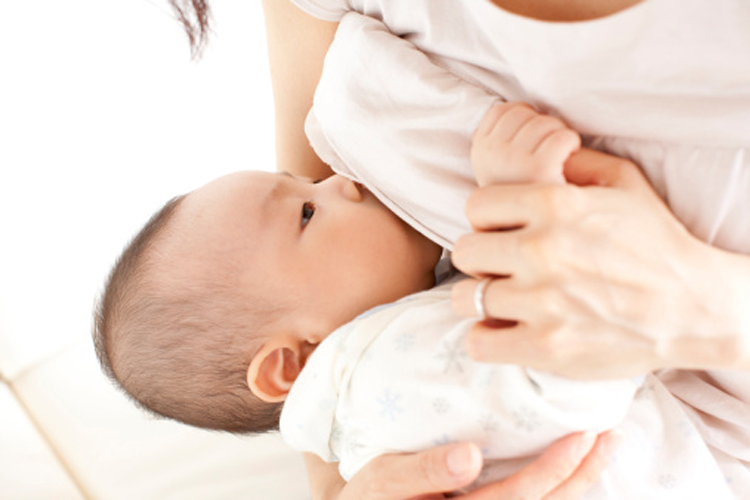
Abstract
Recent studies have found elevated dioxin levels inside some former US military air bases in Vietnam, known as hotspots. The aim of the present study was to evaluate the association of dioxin exposure and steroid hormone in preschool children in Vietnam. In 2010, 2011, 52 primiparae mother-infant pairs in the hotspot and 52 pairs in a non-exposure region were enrolled. For the final analysis, 26 vs 26 pairs were selected, who participated at all three surveys. Univariable and multivariable linear regressions were used to evaluate associations between hormone and dioxin congeners. Geometric mean total TEQ of PCDD/DFs in the hotspot were significantly higher than in the non-exposure region, 8.7 and 3.4 pg TEQ/g lipid, respectively. In the hotspot, salivary dehydroepiandrosterone (DHEA) was significantly higher in 1-year-old children (Boys = 123 pg/mL, Girls = 120 pg/mL) than in the non-exposure region (Boys = 28 pg/mL, Girls = 27 pg/mL). In contrast, DHEA was significantly lower in 5-year-old children (Boys = 70 pg/mL, Girls = 106 pg/mL) in the hotspot than in the non-exposure region (Boys = 496 pg/mL, Girls = 654 pg/mL). Salivary testosterone was significantly lower in the hotspot (Boys = 1.9 pg/mL, Girls = 1.9 pg/m; Boys = 1.0 pg/mL, Girls = 1.1 pg/mL, respectively) than in the non-exposure region (Boys = 3.7 pg/mL, Girls = 3.8 pg/m; Boys = 5.7 pg/mL, Girls = 7.0 pg/mL, respectively) at 3 years and 5 years of age. Higher levels of highly chlorinated dioxins in breast milk were associated with higher DHEA in 1-year-old and lower DHEA and testosterone levels in 5-year-old children. Our findings indicated that dioxins were associated with changes of DHEA and testosterone levels in preschool Vietnamese children.
Keywords: Dehydroepiandrosterone; Dioxin; Preschool children; Testosterone; Vietnam cohort.
